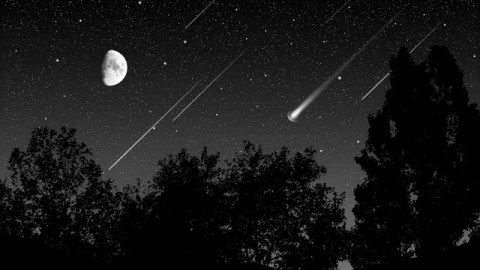How To Listen To The Perseids

What’s the Latest Development?
If you’re in the Northern Hemisphere, and you happen to be viewing the Perseid meteor shower as it hits peak activity later this week and early next week, you might want to put on some wire-rimmed glasses…not to see better, but to hear better. Such glasses are among several objects — including aluminum foil, dry leaves, and even frizzy hair — that can receive, or transduce, the very low-frequency (VLF) radio waves produced by meteors as they pass overhead. The phenomenon, known as electrophonics, often results in observers hearing buzzing, hissing, or sizzling.
What’s the Big Idea?
For centuries, people have reported hearing meteors as they moved through the sky, and up until 20 years ago, they were dismissed as fantasies. However, in 1992 physicist Colin Keay studied some of these reports and discovered that being near a transducer can allow sounds to reach human ears. And the effect wasn’t limited to visible meteors: Many more that were invisible to the naked eye have been detected by their VLF signatures alone. NASA space physicist Dennis Gallagher says that Keay’s research “[legitimized] the experiences of all those generations of people.”
Photo Credit: Shutterstock.com





